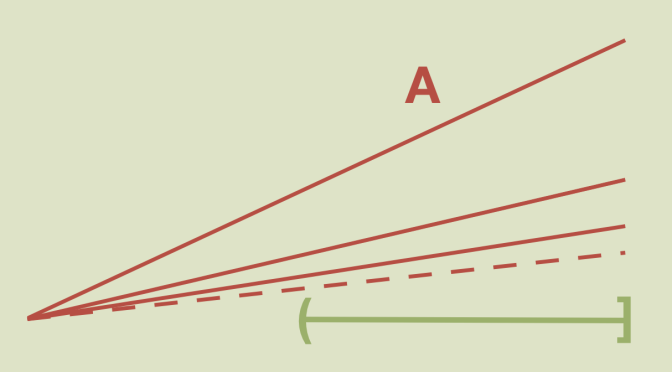A connected space is a topological space that cannot be represented as the union of two or more disjoint nonempty open subsets. We look here at unions and intersections of connected spaces.
Union of connected spaces
The union of two connected spaces \(A\) and \(B\) might not be connected “as shown” by two disconnected open disks on the plane.

However if the intersection \(A \cap B\) is not empty then \(A \cup B\) is connected.
Intersection of connected spaces
The intersection of two connected spaces \(A\) and \(B\) might also not be connected. An example is provided in the plane \(\mathbb R^2\) by taking for \(A\) the circle centered at the origin with radius equal to \(1\) and for \(B\) the segment \(\{(x,0) \ : \ x \in [-1,1]\}\). The intersection \(A \cap B = \{(-1,0),(1,0)\}\) is the union of two points which is not connected.


